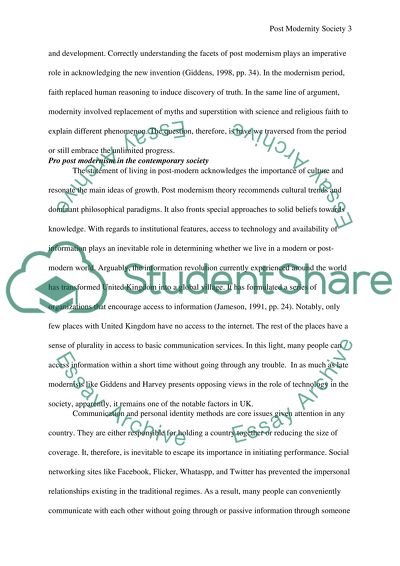Cite this document
(“Are we living in post modernity Society Essay Example | Topics and Well Written Essays - 2250 words”, n.d.)
Are we living in post modernity Society Essay Example | Topics and Well Written Essays - 2250 words. Retrieved from https://studentshare.org/sociology/1665578-are-we-living-in-post-modernity-society
Are we living in post modernity Society Essay Example | Topics and Well Written Essays - 2250 words. Retrieved from https://studentshare.org/sociology/1665578-are-we-living-in-post-modernity-society
(Are We Living in Post Modernity Society Essay Example | Topics and Well Written Essays - 2250 Words)
Are We Living in Post Modernity Society Essay Example | Topics and Well Written Essays - 2250 Words. https://studentshare.org/sociology/1665578-are-we-living-in-post-modernity-society.
Are We Living in Post Modernity Society Essay Example | Topics and Well Written Essays - 2250 Words. https://studentshare.org/sociology/1665578-are-we-living-in-post-modernity-society.
“Are We Living in Post Modernity Society Essay Example | Topics and Well Written Essays - 2250 Words”, n.d. https://studentshare.org/sociology/1665578-are-we-living-in-post-modernity-society.


